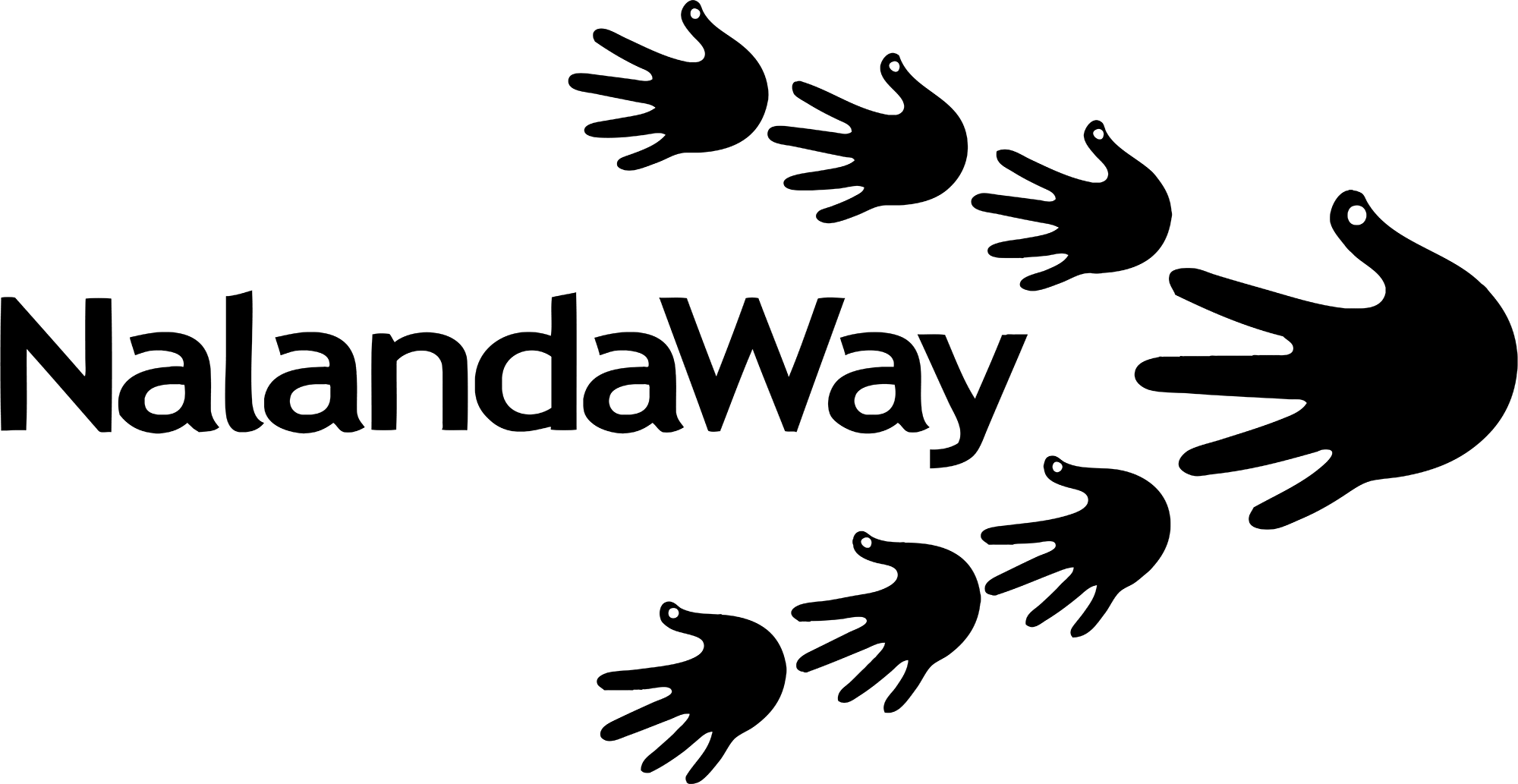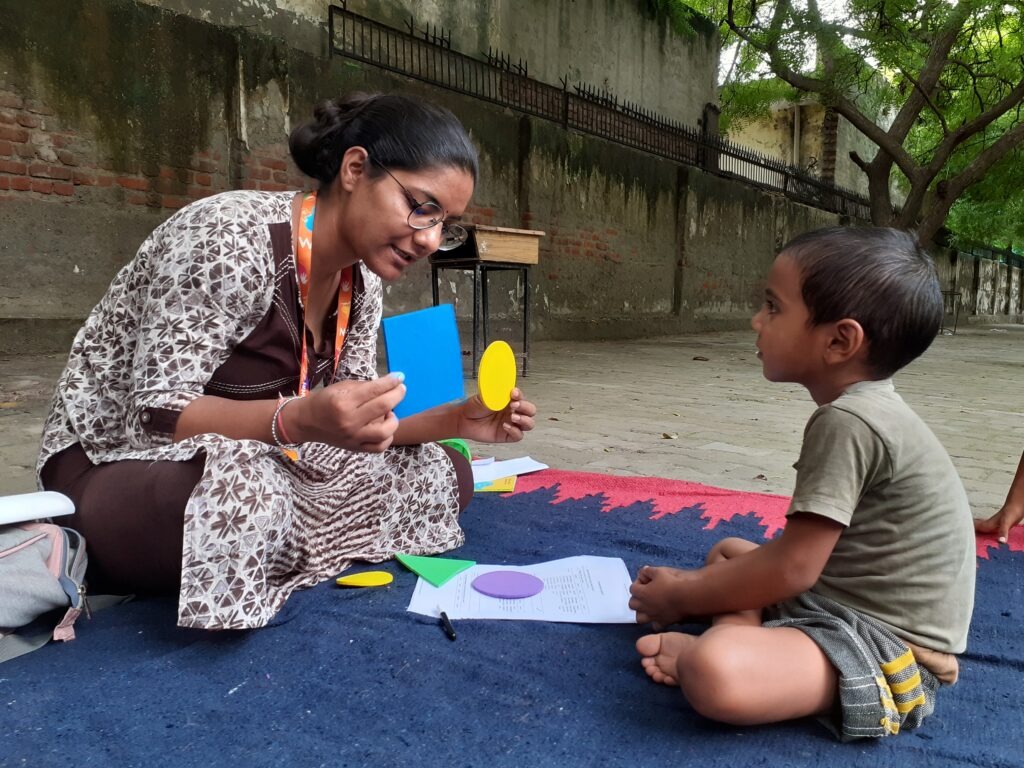
Recently, the Monitoring and Evaluation (M&E) team in NalandaWay Foundation has been exploring and experimenting with activity-based evaluation, particularly for the projects under the Holistic Education bucket. Let’s have a closer look into what activity-based evaluation is and why we adopt such a methodology…
With whom?
We started exploring the possibility of using activity-based evaluation with the projects of the Holistic education vertical, namely, Gutar Goo, Foundational Learning in Standards I & II and Foundational Learning in Standard V. These projects cater to children from the age groups of 3 – 10 years all largely aiming towards developing Foundational Learning Skills and Social Emotional Skills.

In the past, we have tried out multiple ways of collecting data from young children like interviews, group discussions and simple paper pencil exercises. None of these methods have been successful in eliciting data which has enough depth and is truly representative of the skills the child has gained over the course of the intervention. Sometimes, we also felt that the data ended up representing how much the child has been able to memorise lessons rather than the skills the child has acquired.
So… what did we do? We changed to activity-based evaluation.
Why?
We tried to go back to the original question of what does learning look like, for young children? Is it how much they are able to memorise and recall concepts? Not really… We realised that learning, how many of us envision it, is truly reflected in how the child is able to understand and apply learnings in their everyday life.
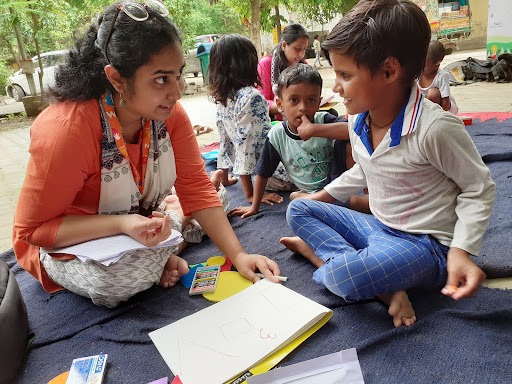
And…
Play happens to be a big part of the everyday lives of these young children! So the best way to understand how much the children have been learning and applying the concepts that they have learnt seems to be through observation of guided play.
How?
| Activity-based assessments are measures designed to quantify changes in one or more of developmental domains during child-driven play. |
Let’s look into some examples of activity-based evaluation…
In Gutar Goo 3.0, we wanted to gain an understanding of the children’s emergent numeracy skills. Thus, we gave the children a set of coloured shapes to play with. While playing with the child we observed and noted their understanding of colours, shapes, counting, ability to understand patterns, evaluate the odd one out from the series and so and so forth.
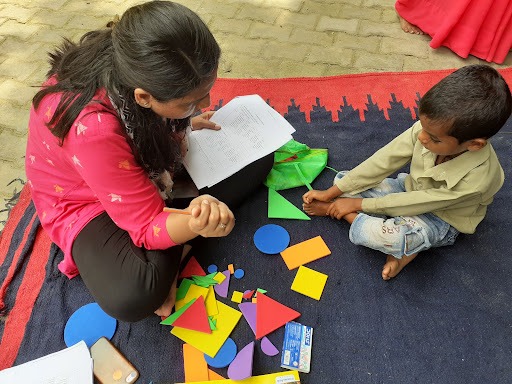
Another example is Foundational Learning V, where we wanted to assess whether our children have understood their lessons on geometry and angles. So we asked them to make a paper boat, and name the multiple angles they fold the paper into!
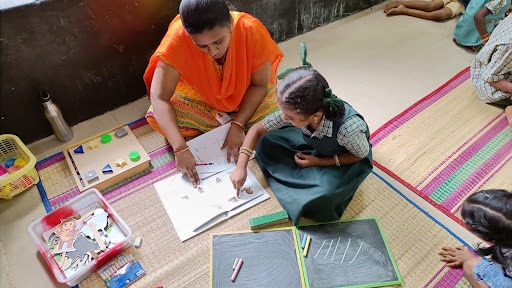
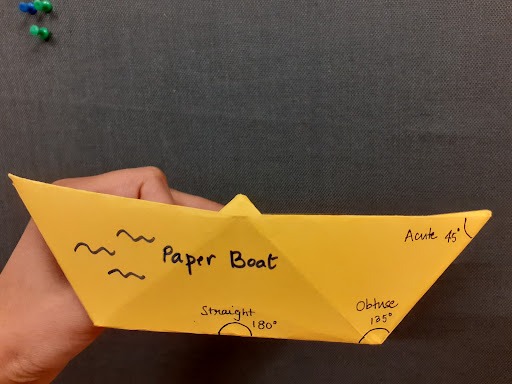
What we also realised in the process
- The children found the games interesting and engaging. There was excitement in their eyes when they saw new games and new people to play with. Thus there was more willingness to engage with the data collectors, compared to a traditional interviewer, who collects data.
- We realised that activity-based baselines provided a wonderful opportunity for our facilitators to build rapport with our children. It gave the facilitators a chance to play with the children and get a sneak peek into their lives.
- Adopting this kind of evaluation methodology allows for multiple means of expression. It gives space for expression beyond words, through drawing, movement, storytelling and enactment. Children often share the quirkiest of things they have noticed about the world!
- Observing children play is a powerful way of capturing their social-emotional capacities. It provides a good opportunity to note their social abilities, relationship skills, emotional management and many other such competencies.
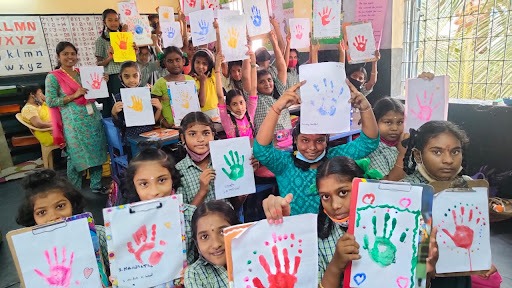
Things to be mindful of
- While we are playing with the child to have fun, we are primarily engaging in the exercise to collect data on a particular indicator. Thus the facilitator needs to be skilled enough to facilitate guided play, such that the child gets an opportunity for displaying the level of skill they possess.
- For such an assessment methodology, observation becomes a key skill. One needs to keep an open mind while observing and collecting data while remembering that there is no definite right or wrong behaviour.
- There needs to be the right balance of qualitative and quantitative measurement. Play is a very individual-specific experience, and thus it becomes imperative to capture the unique details of every child. However that being said, the process of measurement for indicators to change warrants some amount of standardisation for comparison- within groups or across time. For this reason, we use an observation scale with space for recording open-ended observations.
This has been our experiment with activity-based assessments so far, and we have been excited about it! What do you think about it? Do you think it is a good way of going about it? What are some other ways one can work around this?
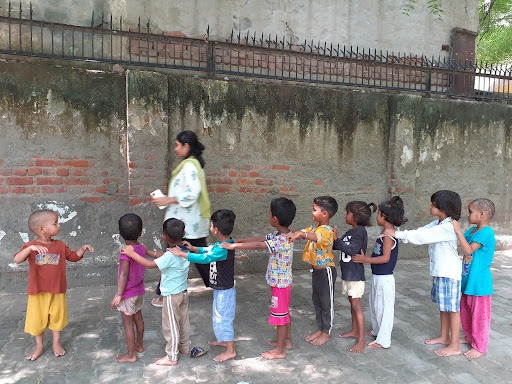
Written by Noyonika Gupta, Associate – Projects at NalandaWay Foundation. Noyonika holds a Master’s in Applied Psychology. Her key interests involve research work centering around mental health, positive psychology, child and adolescent development. At NalandaWay Foundation, she is involved in the Monitoring and Evaluation (M&E) vertical.
